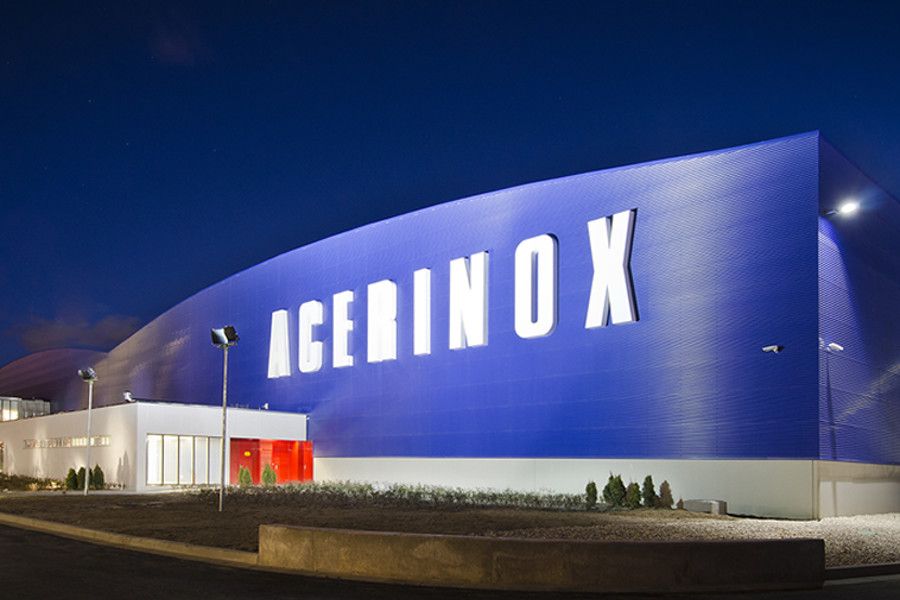Spanish stainless steel group Acerinox said Nov. 3 it expects record earnings in 2021 after it increased production volumes and widened margins in the third quarter.
The Madrid-based company expects the momentum to carry on for the first half of 2022, CEO Bernardo Velazquez said, noting that its order books are full “everywhere” and that its production facilities are running close to full capacity.
Acerinox operates plants in Spain, Kentucky, South Africa and Malaysia with a combined melt shop capacity of 4.5 million mt/year, as well as production facilities for high performance alloys in Germany.
The company’s EBITDA in Q3 was the best in 14 years at Eur293 million ($339 million) and this is expected to lead to the company’s best year on record in 2021, Velazquez said.
Production in the fourth quarter is expected to be boosted after Bahru’s site returned from around a three-month halt due to COVID-19 restrictions that spanned the second quarter and Q3.
The halt meant that Q3 melt shop production volume was down 4% versus Q2 at 629,000 mt, although this was a 20% increase from Q3 2020.
Cold rolled production was at 408,000 mt in Q3, up 23% year on year while hot rolled long production was 59,000 mt, up 15% year on year.
VDM recovers
Production was seen at pre COVID-19 levels in its Germany-based alloy business VDM that the company bought in 2020, Velazquez said.
In Q3, it produced 19,000 mt in its melting shop, up 35% year on year and 11,000 mt in its finishing shop, up 11% over the period.
Synergies of the merger were also becoming apparent, Vazquez said, with Acerinox starting to produce HPA in its stainless sites.
The company said it saw strong conditions in all markets with demand, inventory levels, prices and lower import competition all bullish factors, with just the risk of energy prices in Europe a lingering concern.
Increased energy costs in Spain are currently costing around an extra Eur8 million or Eur9 million/month, Acerinox estimates, although the company has moved to secure more long-term supply at better prices and increased its use of power purchase agreements, Velazquez said.
Additionally, the better margins obtained in Q3 had been sufficient to offset the rising energy costs, he said.
— Gianluca Baratti






